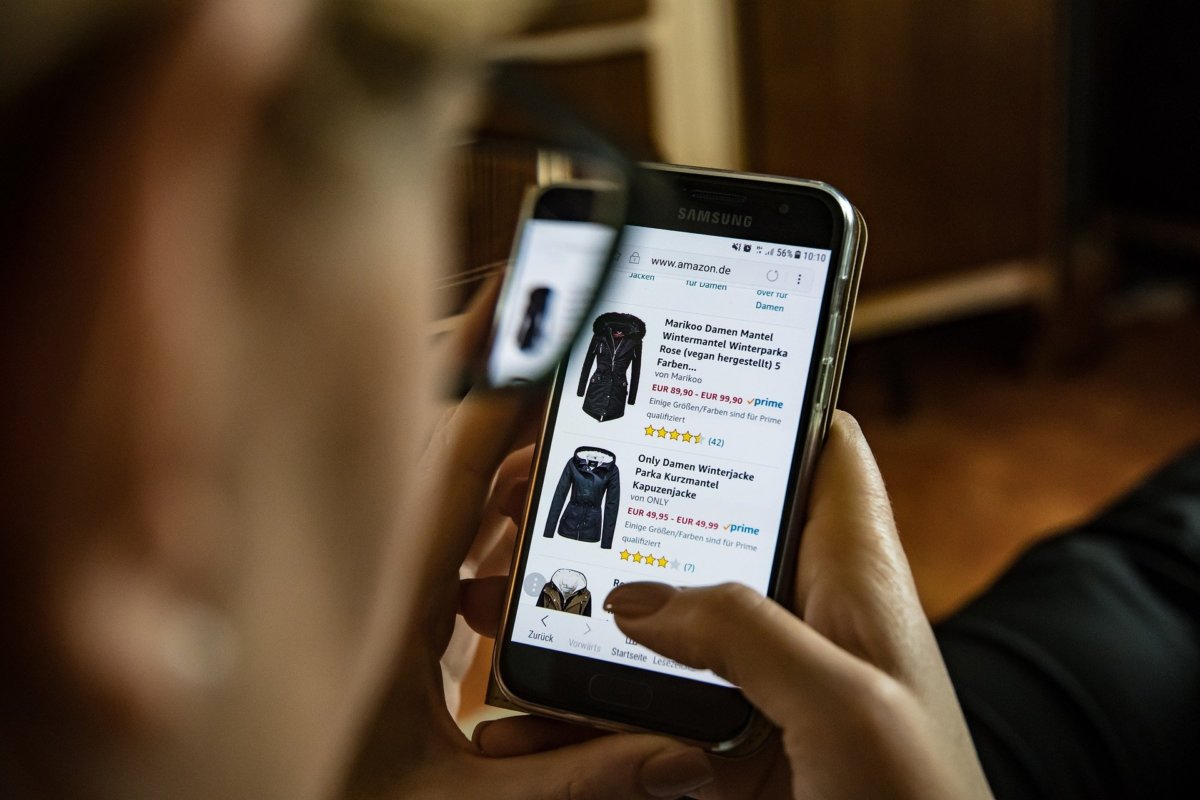
The anti-values of fast fashion have been drilled into our brains for decades now. Never repeat an outfit. Quantity over quality. Buy cheap and buy trendy. Online shopping only exacerbated the already troublesome habits instilled by the chain stores of the world, and now, social media has glamorized fast fasion on a whole new scale.
The Social Media Rise of Fast Fashion
Cardi B’s Fashion Nova ambassadorship (and later collaboration) may have been a turning point of sorts: a call to action for every young and impressionable follower who certainly can’t afford the designer brands that celebrities have been known to endorse publicly. Think: J. Lo & Versace, Billie Eilish & Chanel, the list goes on.
Many praised Cardi for her relatable fashion choices, celebrating her affordable collection that fast fashion made readily available to the masses. While there is something to be said for this marketing triumph, it’s impact on the environment is no secret. In fact, the entire fashion industry has long followed the “take-make-dispose” model, which incentivizes consumers to buy more clothing in total and wear each article less frequently.
For online influencers, many of whom make commision after the use of their discount codes, this is precisely the point. Countless creators recommend the cheapest trendy looks from the likes of Shein and Princess Polly, encouraging followers to make similar purchases. Impressionable followers can (and will!) flock to Amazon, for example, to get the $7 miniskirt, partially because their favorite fashion vlogger told them to in a sixty-second video, but also because it’s easy. Low prices encourage thoughtless impulse buying that has no impact on personal finances, but that has significant impact on our planet.
Raising Awareness & Making Changes
While it’s unlikely that these influencers are intentionally promoting and supporting unethical sourcing and production, the damage has already been done in many cases. According to a report by the Ellen MacArthur Foundation, “one garbage truck of textiles is landfilled or incinerated every second,” not to mention the accrued costs of clothing disposal and the hazardous pollutants that accompany the process. The system is most certainly flawed, and now, the future of the textile industry itself is in jeopardy.
As of late, the fashion industry at large has begun grappling with this environemntal damage. There have been countless campaigns to raise awareness and sell sustainable alternatives.
You could argue we’ve already begun to see these kinds of shifts online as well. Recently, a beauty blogger came under fire for posting about Biden Beauty. Some of Ariana Lucidonio’s followers critiqued her for “getting political” when they just wanted makeup reviews. She retorted on Instagram with a level of self-awareness we’ve come to expect from Gen Z creators who have made their way into the public eye, explaining that the size of her audience demands a certain level of responsibility, especially in times like these.
Social media users saw echoes of this through the #BlackLivesMatter movement, and certainly throughout this election cycle. The insistence on responsible platform use is precisely the argument that I hope will soon guide TikTokers away from fast-fashion beauty hauls and content of the like.
Pivoting Toward Sustainable Trends
Somewhat recently, young people have reclaimed thrifting, replacing “hand-me-downs” with “vintage,” capitalizing off cyclical styles and reinventing the discourse about reusing in fashion. In many cases, vintage hauls replaced (or at least supplemented) online shopping hauls, convincing audiences, at least in part, that reusing — whether it’s mending your old sweater or borrowing your mom’s shoulder-padded blazer — is cool. This was an important step for the online fashion world: one that validates how necessary the pivot to eco-friendliness is becoming.
Of course, this is happening on much larger scales, as well. TENCELTM for example, has introduced entirely new fibers made of raw material wood, sourced responsibly and processed sustainably, that are now known for their natural comfort and versatility. Lyocell and Modal, both types of TENCELTM fibers, are often combined with other textiles like organic cotton and polyester to increase functionality and enhance comfort. Brands like this are slowly but surely introducing consumers to a new future in fashion: one that will value our earth over cheap convenience.
While there are some notable TikTok creators that promote sustainability in these ways, the vast majority are known for their fast fashion ambassadorships. That said, Instagram influencers seem to be making quicker transitions into the environmentally conscious online space.
Perhaps most valued for their ability to raise awareness, creators like Kathleen Elie and Marielle Elizabeth condemn fast fashion and the inclination of its ambassadors to ignore the serious environmental side effects of their twelve-dollar faux-leather knee-high boots. Instagram influencers like these use their platforms to promote sustainable choices that everyone can make in their daily lives. Meanwhile, they are essentially tasked with teaching the Internet about the (a) the harm that fast fashion has done and will continue to do, if unchecked, and (b) the personal accountability we can take through our purchasing power. Particularly in contrast, then, the fast fashion TikTokers are rather dangerous.
TikTok has become an incredibly powerful platform. On it, there is opportunity to instill positive change by creating productive habits in Gen Z audiences. Fast fashion is not one of them. It’s time TikTok creators pivot, valuing ethics over low prices.

